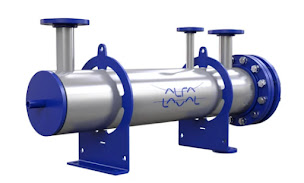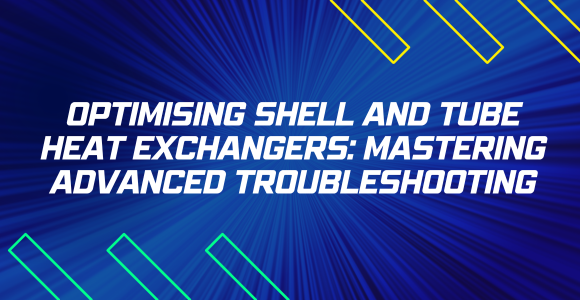Shell and tube heat exchangers play a crucial role in industrial machinery. It’s essential to use advanced troubleshooting methods for smooth operations. This is especially true when these machines are likely to encounter issues.
Let’s explore modern techniques that go beyond the basics to ensure these heat exchange systems work seamlessly.
Thermal Imaging Technology
It helps in spotting any hidden issues. Thermal imaging cameras visually allow temperature variations to be checked in the heat exchanger. This method is sophisticated and helps identify potential blockages or irregularities that might go unnoticed.
Vibration Analysis
It helps in detecting any unusual vibrations in the machinery. Such irregular vibrations can indicate underlying problems. Using tools for vibration analysis helps identify irregularities in the machine’s movements, pinpointing potential mechanical failures or misalignments.
Fouling Detection Sensors
It helps in keeping the machinery clean. Fouling, the unwanted buildup of deposits, can hinder heat transfer efficiency. Using fouling detection sensors provides real-time data on the cleanliness of the heat exchanger, enabling proactive maintenance and optimising performance.
Acoustic Monitoring
An effective yet underestimated method involves listening to the equipment. Acoustic monitoring uses sensors to detect changes in the sounds emitted by the heat exchanger. Anomalies in noise patterns can signal impending issues, allowing for timely intervention.
Computational Fluid Dynamics (CFD)
CFD simulations offer a virtual environment to model fluid flow and heat transfer within the exchanger. This advanced technique aids in predicting potential issues facilitating preemptive corrective measures.

Eddy Current Testing
For non-intrusive inspections, eddy current testing proves invaluable. This technique uses electromagnetic fields to identify defects or irregularities in the metal surfaces of the heat exchanger, providing insights without disrupting operations.
Tube Inspection Devices
Small inspection devices with cameras and sensors can be guided through the tubes of the heat exchanger. It allows for a close-up view of internal conditions, helping identify issues like corrosion or blockages.
Infrared Thermography
Infrared thermography captures thermal patterns, showcasing temperature distributions across the heat exchanger. This method helps uncover areas of potential concern, guiding targeted maintenance efforts.
Ultrasonic Thickness Measurement
Over time, materials can rust, affecting the thickness of components. Ultrasonic measurements provide a precise assessment of material thickness, enabling proactive replacement before structural integrity is compromised.
Data Analytics and Predictive Maintenance
Leveraging data analytics and predictive maintenance algorithms allows anticipation of potential issues based on historical performance data. This forward-looking approach minimises downtime and maximises efficiency.
In the realm of shell and tube heat exchangers, maintaining peak performance requires a blend of technological innovation and proactive monitoring. Embracing these advanced troubleshooting techniques ensures the longevity of your equipment and enhances industrial operations efficiently.




